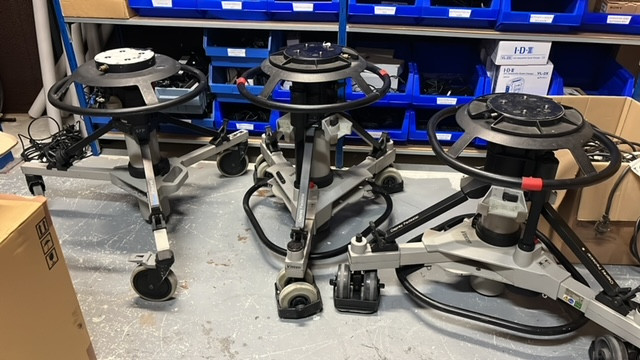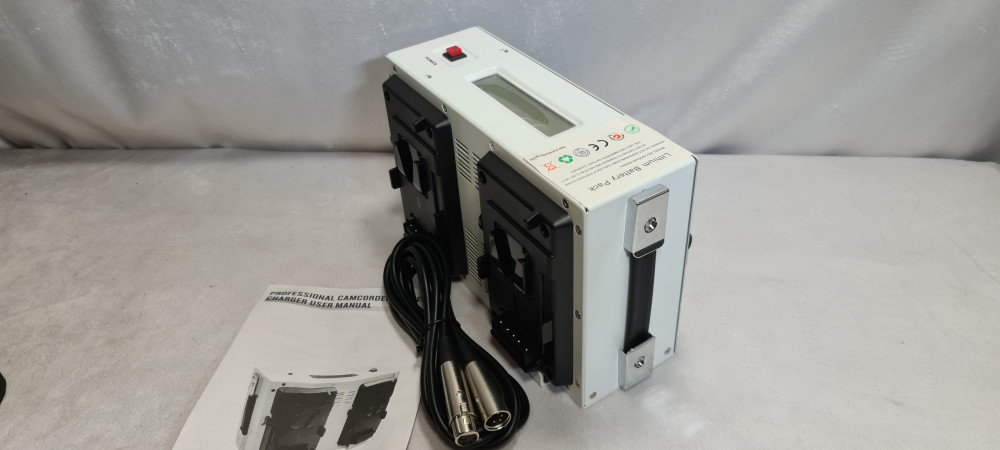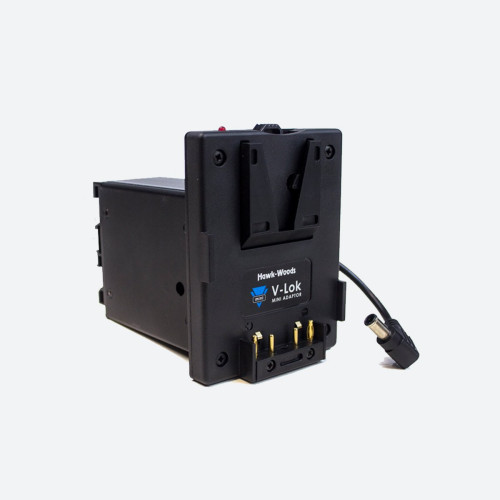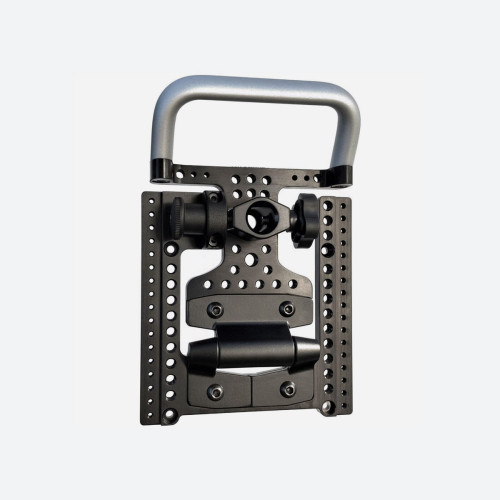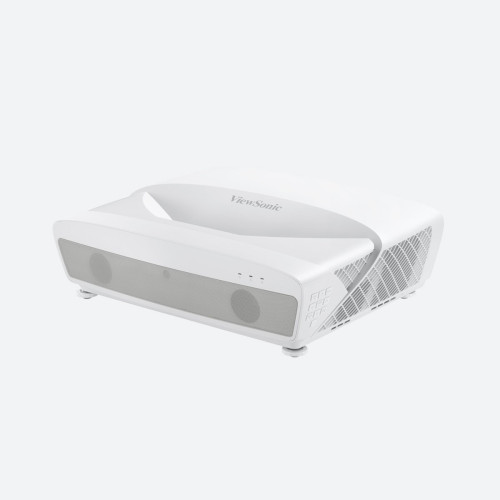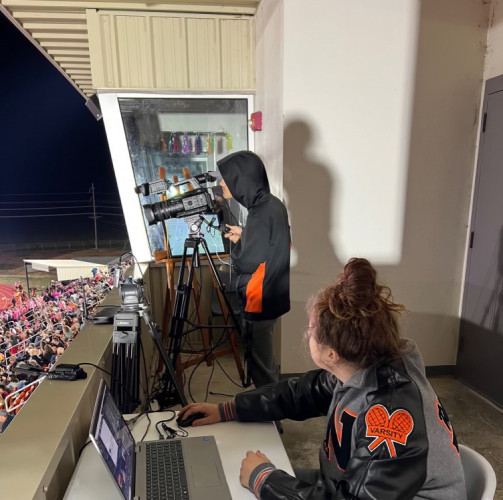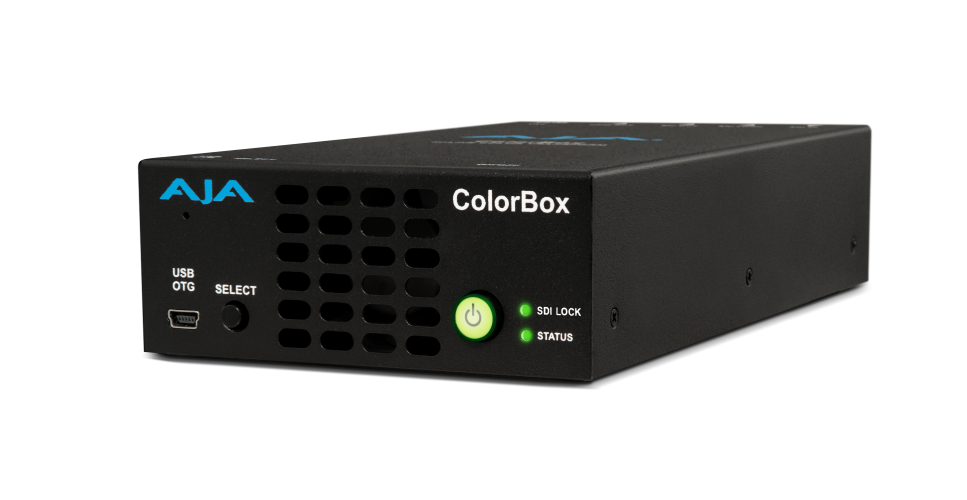4k The New Gunslinger in Town

Author: Will Strauss#
Published 1st December 2012
Just when you thought it was sufficient to declare yourself ‘HD Ready’, along comes 4k. But don’t panic. Here’s the lowdown on what it all means and what tools are currently available. By Will Strauss.
As someone that works in (or near) the town named broadcasting I probably don’t need to tell you this but technology advances pretty quickly around these parts. Possibly too quickly for some folks’ liking. Just when you think it’s safe to put your hand up and say that you fully understand and appreciate the latest technological advance, along comes another one to take its place. The latest example of that is 4k.
For those of you that still haven’t quite got your heads around HD this could be a real mind meld.
All you really need to know is that 4k or Ultra HD (to give it its new US-inspired and marketing friendly moniker) is 3840 x 2160 pixels (that’s four times higher than HD). It’s the latest step change towards providing content creators with more pixels to play with and TV viewers with better quality pictures. Oh yes, and having failed to get us all to buy 3D TVs, the manufacturers of television sets are now keen for us to buy 60” 4k Ultra HD screens instead. (At least until they can start bulk building active-matrix organic light-emitting diode - AMOLED – TVs anyway. But that’s a story for another time).
There is some interest in 4k from other areas too, including at everyone’s favourite technology trailblazers BSkyB where Sky Sports has been testing 4k on (yes, you’ve guessed it) coverage of football matches. And both SES and Eutelsat have been showing off their live 4k satellite feeds to interested parties.
But there’s no need to panic. As things stand, there is very little 4k content out there, the TV sets are ridiculously expensive and with such a high resolution, while it is possible to use the current H.264 standard to squeeze 4K footage into a broadcast-friendly 50Mbps stream, conventional broadcasting is some way off. Plus, the current breed of set-top satellite receiver box is not compatible and there’s a school of thought that says we should wait for Super Hi-Vision (which is 8k).
The truth is, unless you work in feature films, the only real reasons to shoot 4k today are to either future proof your content or so that you can manipulate it to infinitesimal levels during post-production.
That said, 4k pictures look pretty awesome from what I’ve seen. And very few people will argue with me if I say that, all things being equal, a high resolution image will always look far better when scaled down than an native size image shot at a lower resolution.
So, while we may not be broadcasting 4k anytime soon, you may want to start exploring your 4k options if you haven’t already. Which is exactly what I am going to do now.
At the camera end of things, the Red EPIC camera shoots 4k as does JVC’s GY-HMQ10U and Canon’s C500 while Sony, which already has the F65, was due to announce another 4k camera as TV-Bay went to press.
So tools are starting to become readily available. One of the big gripes up to now, however, has been the lack of anything affordable to view 4k pictures on. This is starting to change with a crop of monitors about to come on to the market.
Remarkably for a technology advance that is only now becoming trendy, six years have passed since the first prototype 4K LCD TV was shown. That was at consumer electronics show CES. Since then, although both TVLogic and Astro Design have started shipping 4K monitors, it is only really this year that 4k viewing devices have started to come even close to being a realistic purchasing option.
Let’s start with those early birds. The TVLogic offering is the LUM-560W, a 56-inch native 4k LCD display that is apparently not just for feature film post-production but also for military and medical applications. The 10-bit monitor can display four inputs at a time or scale one input to the full screen.
Astro Design has four, yes four, 4K LCD monitors that range from 28-inch to 60-inch in size while Viewsonic showed a prototype 4K 32-inch flatscreen computer monitor, the VP3280-LED, earlier this year.
Sony had the SRM-L560 at one time but that product is listed as ‘discontinued’ on its website. As things currently stand, I am not aware of a professional monitor from Sony but I would be hugely surprised if we didn’t see on at some stage, not least as Sony’s TV set people have recently announced an 84” Ultra HD display for the home.
What can we expect in the near future? Well, coming next year will be the PS-840UD from JVC. This is a ProVrit 84” LCD monitor that the company insists is “the industry’s first large-screen 4K panel designed specifically for rigorous commercial use.” It has a 178-degree viewing angle, is ELED illuminated and has an IPS LCD panel with a 120Hz refresh rate and 10-bit color depth.
At the same time, Canon was showing a prototype 30” 4k display at both NAB and IBC that it hopes to have out by the end of the year while Panasonic has a 20” 4k display on the way.
The big question will be, how much will these monitors cost? As yet, the companies are keeping the pricing close to their chests. To speed up the chances of people actually making 4k content they need to be priced realistically otherwise this latest technological step forward might take too long to come to fruition. And with 8k coming hot on its heels, 4k will have to be quick if it’s going to make its mark.
So there you have it. 4k is real. It might be the next big thing. It might not. What is certain is that change will continue to occur whether we like it or not. So don’t get too comfortable with 4k or even 8k because, before you know it, there’s every chance that another new technology will stroll into town and throw us all into chaos once again.



